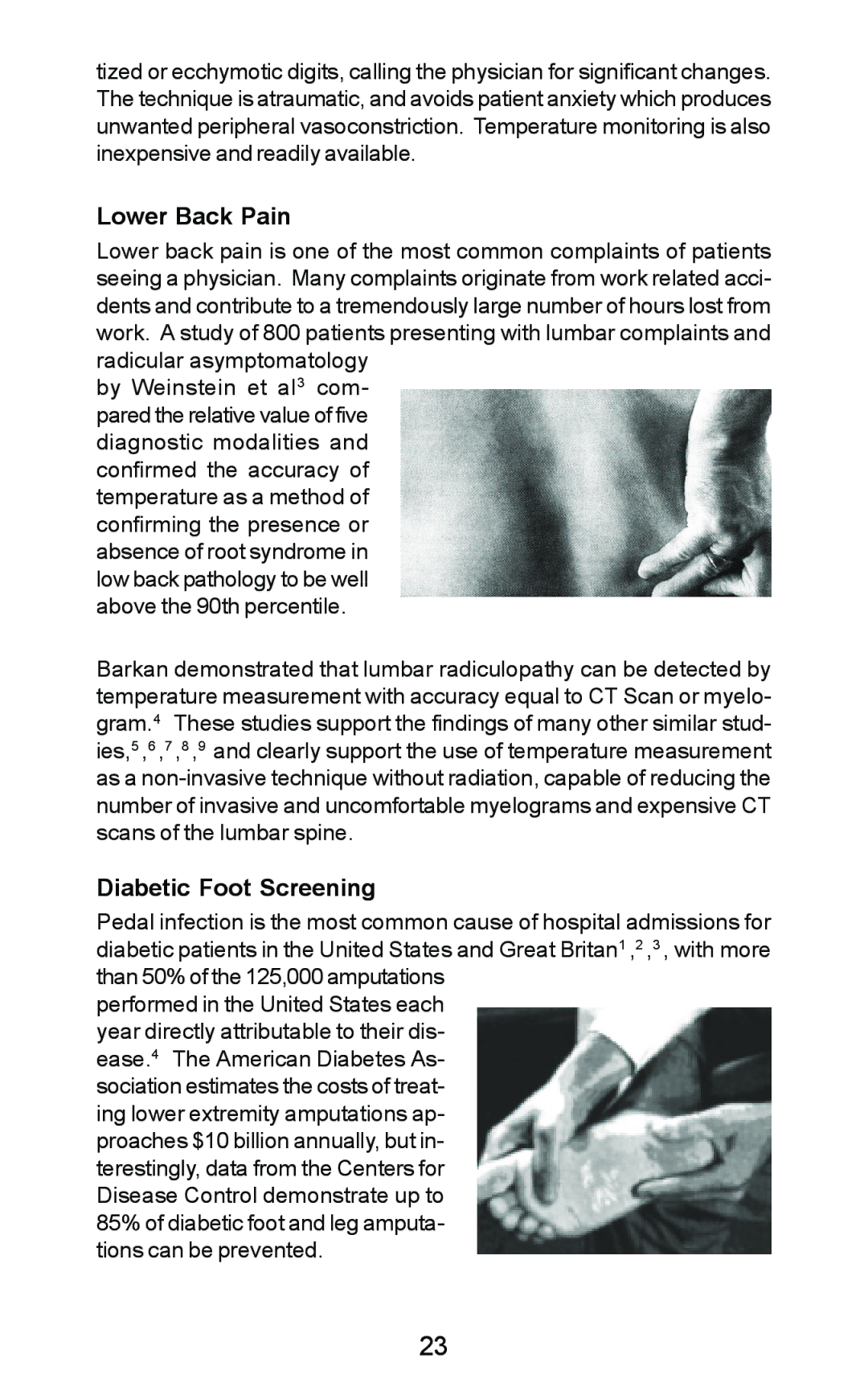DT 1001-LN, DT 1001-RS, DT 1001, DT 1001-LT specifications
The Exergen DT 1001 series, consisting of the DT 1001-LN, DT 1001, DT 1001-RS, and DT 1001-LT, represents a cutting-edge advancement in non-invasive infrared thermometry technology. These models are designed for accurate and reliable temperature measurement across various settings, making them invaluable tools for healthcare professionals, educators, and individuals monitoring their own health.A standout feature of the Exergen DT 1001 series is its precision in measuring core body temperature. Utilizing patented infrared technology, these devices detect the thermal radiation emitted by the temporal artery, thus providing an accurate representation of internal body temperature. This non-invasive method is not only safe but also quick, as it can yield results within seconds, making it ideal for both clinical environments and home use.
The DT 1001 series emphasizes ease of use. Equipped with a simple one-button operation, even individuals without technical training can operate the device effectively. The easy-to-read digital display provides clear temperature readings, which can often be coupled with visual and auditory alerts for fever detection, enhancing user experience.
Further enhancing user convenience is the memory function of the DT 1001 series. These models can store multiple readings, allowing users to track temperature trends over time. This feature is particularly useful in monitoring patients with fevers or chronic health issues where regular temperature checks are necessary.
The DT 1001-LN and DT 1001-LT are distinguished by their lightweight and portable design, making them suitable for on-the-go temperature checks. Conversely, the DT 1001-RS is optimized for clinical settings, featuring enhanced durability and robust performance under frequent usage.
Each model has been rigorously validated to meet clinical standards, ensuring that healthcare practitioners can rely on their accuracy. With their advanced technology, user-friendly design, and versatility, the Exergen DT 1001 series stands out as a leading choice in the realm of non-contact thermometers, promoting effective health monitoring for a wide range of users. Their continued popularity highlights a significant trend in modern healthcare towards efficient, precise, and non-invasive diagnostic tools.

